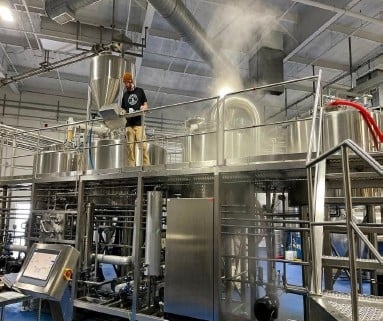Professional Beer Brewing Equipment for Craft and Commercial Breweries
What is Professional Beer Brewing Equipment?
Professional beer brewing equipment is the specialized machinery and tools used by craft breweries, microbreweries, and large-scale beer production facilities to create high-quality, consistent beer in large volumes. Unlike home brewing kits, professional brewing systems are designed for scalability, precision, and efficiency. Imagine trying to bake a wedding cake using an Easy-Bake oven—it’s just not going to cut it! Professional setups are industrial-grade and built to handle everything from the mashing of grains to the fermentation and packaging processes.
When we talk about professional beer brewing equipment, we’re referring to an ecosystem of interconnected tanks, vessels, pumps, and controls that all work together like a finely tuned orchestra. This equipment allows brewers to control every little detail—temperature, pressure, timing—to ensure every pint comes out just right.
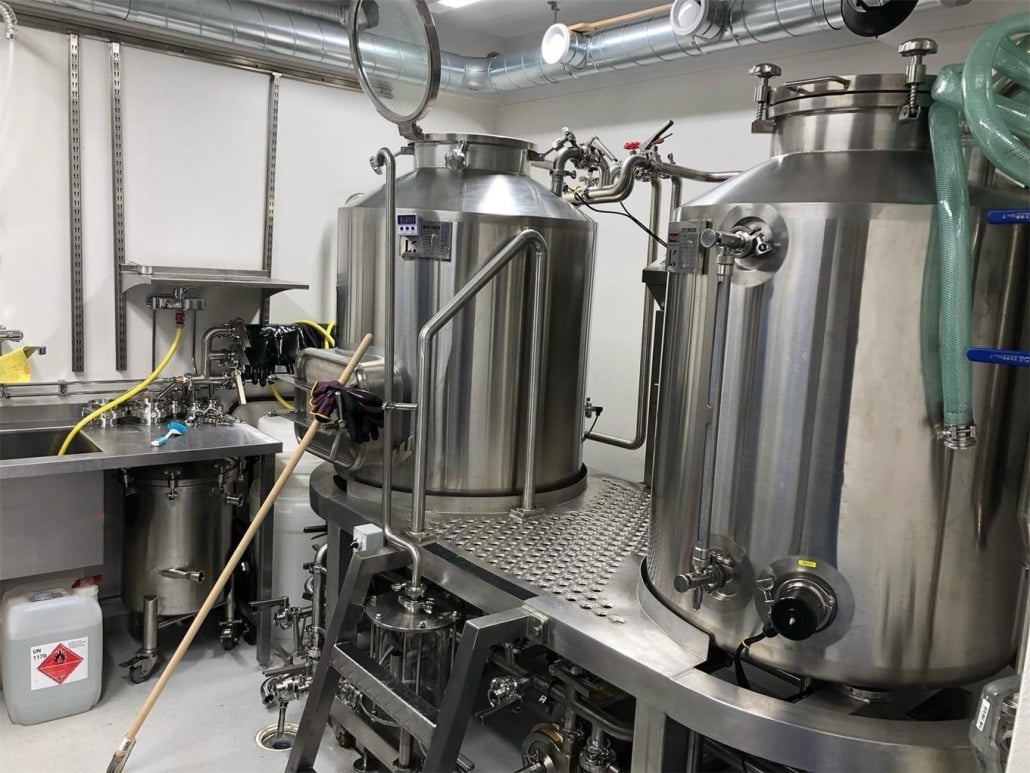
Key Features of High-Quality Brewing Equipment
When it comes to high-quality brewing equipment, you can’t just pick any shiny stainless-steel tank and hope for the best. Top-tier systems come packed with features that make brewing not only easier but more precise and scalable.
For starters, high-grade brewing systems use 304 or 316 stainless steel. This isn’t just about looking pretty. Stainless steel resists corrosion, which is critical when you’re dealing with acidic beer wort and constant cleaning cycles. It also prevents flavor contamination, so your IPA doesn’t mysteriously taste like last week’s stout.
Advanced systems offer automated temperature and pressure controls. These allow you to maintain precise conditions throughout brewing, which is a game-changer compared to manual setups where a small mistake could ruin an entire batch.
You should also look for features like integrated cleaning systems (CIP – Clean-in-Place), which save time and labor by automatically cleaning tanks and pipelines without the need to disassemble anything. Think of it as a built-in dishwasher but for beer!
Another key feature is the modular design. Modular systems allow you to scale up production without needing to replace your entire setup. You can add extra fermenters or storage tanks as your business grows.
Systems with heat exchange units help quickly cool the wort after boiling, which is essential for avoiding bacterial contamination. Faster cooling means less risk and better flavor retention.
Types of Professional Beer Brewing Equipment
Professional beer brewing equipment comes in several types, each playing a unique role in the beer production process. Here’s a breakdown of the major components you’ll find in a professional setup:
Brewhouse Systems:
This is the heart of any brewery. It typically includes a mash tun, lauter tun, brew kettle, and whirlpool. The brewhouse is where malted grains are mashed, boiled, and prepared for fermentation. Compared to home setups, professional brewhouses can handle hundreds to thousands of liters per batch.
Fermentation Tanks:
These tanks are where the magic happens. Yeast is added to the cooled wort, and over days or weeks, it ferments sugars into alcohol and carbon dioxide. Professional fermenters come with jacketed cooling systems and pressure regulation, unlike the simple plastic buckets homebrewers use.
Bright Beer Tanks:
After fermentation, beer is transferred to these tanks for maturation, carbonation, and clarification. Bright beer tanks allow for final adjustments and storage before packaging.
Heat Exchangers:
Used to cool the wort quickly after boiling. Faster cooling reduces contamination risks and improves beer quality. Professional systems use plate heat exchangers which are much faster and more efficient than the ice baths used by hobbyists.
Pumps and Piping:
These transport beer and wort throughout the system. High-quality pumps are essential for moving large volumes without introducing oxygen, which can ruin the beer.
Control Panels:
Automated panels help monitor and control temperatures, timings, and pressures. They provide consistency across batches and make large-scale brewing manageable.
Packaging Equipment:
Professional breweries often have bottling, canning, and kegging lines. These systems ensure the beer is packaged efficiently and with minimal oxygen exposure.
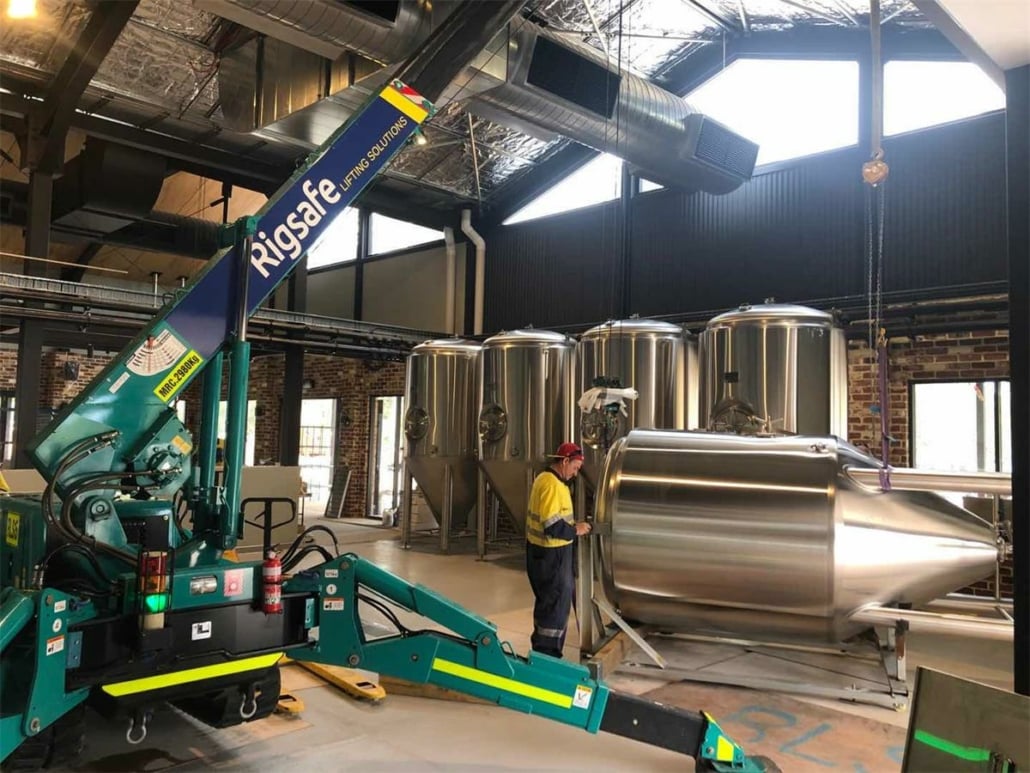
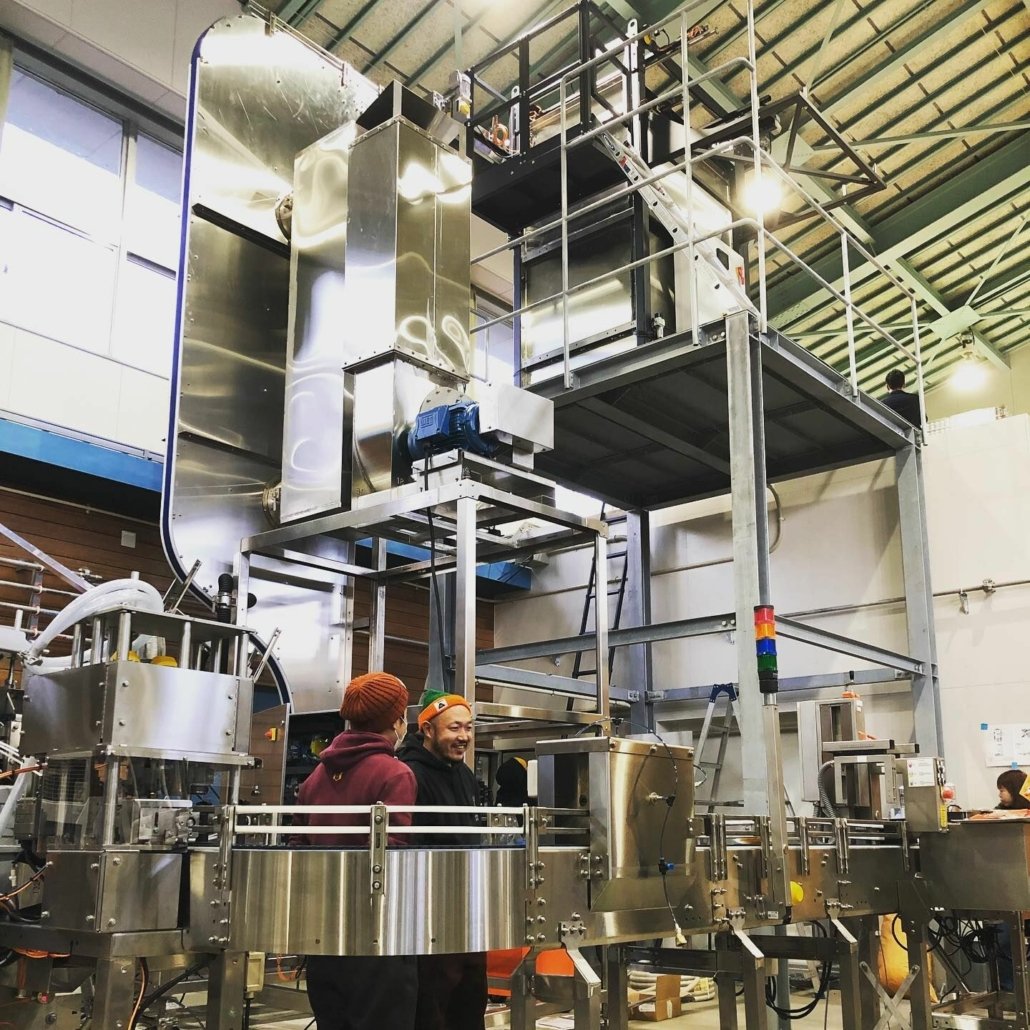
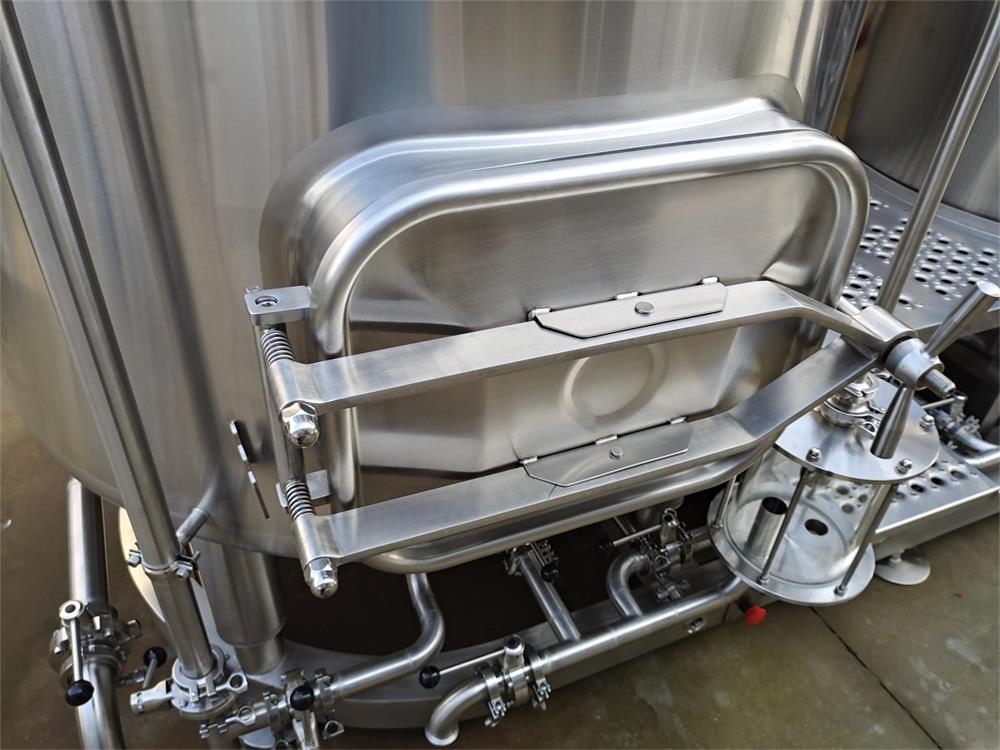
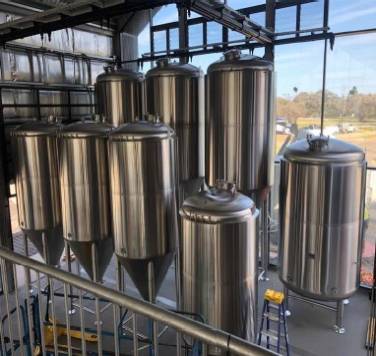
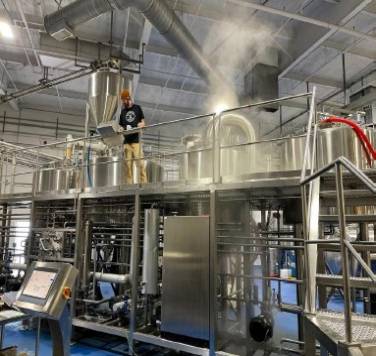
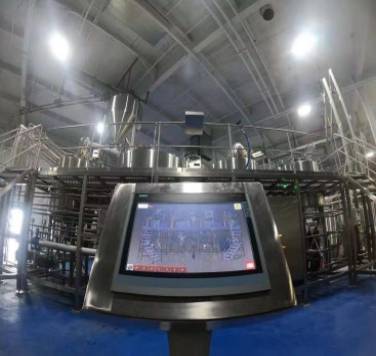
How to Choose the Right Beer Brewing Equipment
Choosing the right beer brewing equipment is a lot like picking the perfect car. Do you need something small and agile, or a big rig that can haul serious loads? Here’s what you should consider:
Production Capacity:
Are you planning to start a microbrewery or a mid-sized craft brewery? Smaller systems, like 3-barrel setups, are great for small batches, but you’ll need 10, 15, or even 30-barrel systems if you’re planning to distribute widely.
Space Availability:
Professional brewing equipment can eat up a lot of space. Make sure you measure your location and understand what footprint the system requires, including space for tanks, walkways, storage, and utilities.
Automation Level:
Do you want to control everything by hand, or are you looking for fully automated brewing? Manual systems give you a hands-on feel but require constant attention. Automated systems offer consistency and free up time but come with a higher price tag.
Budget:
Professional brewing equipment isn’t cheap. You can expect to pay anywhere from $50,000 to several hundred thousand dollars depending on size and complexity. We’ll break down the costs more later.
Supplier Reputation:
Just like you wouldn’t buy a car from a shady dealer, don’t buy your brewing equipment from an unknown source. Look for suppliers with solid warranties, good customer support, and positive reviews from other brewers.
Customization Options:
Some brewers want specialized tanks or custom-built brewhouses to accommodate unique recipes or brewing methods. Check whether the manufacturer can tailor the system to your needs.
Compliance:
Make sure the equipment meets all local safety and sanitary regulations. This is especially important if you plan to scale or distribute your beer commercially.
Cost of Professional Beer Brewing Equipment
The cost of professional beer brewing equipment can vary wildly based on the size, complexity, and level of automation. Here’s a general pricing table to give you a ballpark idea:
| System Size | Capacity per Batch | Price Range | Space Required |
|---|---|---|---|
| Nano Brewery | 1-3 barrels | $50,000 – $100,000 | Small retail or garage space |
| Microbrewery | 5-15 barrels | $100,000 – $300,000 | Medium-sized facility |
| Craft Brewery | 15-30 barrels | $250,000 – $600,000 | Large production area |
| Regional Brewery | 30+ barrels | $500,000+ | Large industrial facility |
Additional costs to consider:
- Installation and setup: Could add another 10-20% to the equipment price.
- Shipping: Especially if ordering from international manufacturers.
- Licensing and permits: Vary by region.
- Training: For your brewing and maintenance staff.
Used Equipment vs. New Equipment:
Used equipment is typically cheaper, sometimes up to 40% less than new systems, but it often comes with limited warranties, potential wear-and-tear issues, and outdated technology. New equipment is more expensive but comes with the latest features and full manufacturer support.
Beer Brewing Process with Professional Equipment
The beer brewing process with professional equipment is a fascinating, multi-step journey that takes raw ingredients and turns them into the golden (or amber, or dark) liquid we all love.
Mashing:
Grains are crushed and mixed with hot water in the mash tun. This extracts fermentable sugars from the malt. Professional systems can precisely control mash temperatures, which is crucial for hitting flavor and alcohol targets.
Lautering:
The sweet liquid, called wort, is separated from the spent grains in the lauter tun. Professional lautering setups use false bottoms and rakes to improve efficiency.
Boiling:
The wort is boiled, and hops are added. Boiling sterilizes the wort and extracts hop bitterness. Professional kettles have efficient heating jackets that allow for rapid, even boiling.
Cooling:
Wort is cooled quickly using a heat exchanger. This is where professional equipment shines compared to homebrewers’ ice baths.
Fermentation:
Yeast is added, and the wort ferments in jacketed tanks that precisely maintain temperature. This stage can take from a few days to several weeks depending on the beer style.
Conditioning:
The beer matures in bright beer tanks, where carbonation is adjusted, and flavors develop.
Packaging:
Finally, the beer is packaged into kegs, bottles, or cans using specialized machinery that ensures minimal oxygen exposure and maximum shelf life.
Professional systems streamline each step, allowing for faster production, greater consistency, and improved safety compared to small-scale setups.
Where to Buy Professional Beer Brewing Equipment
Wondering where to buy professional beer brewing equipment? There are several reliable options, but it pays to do your homework.
Direct Manufacturers:
Many breweries purchase equipment directly from manufacturers like Ss Brewtech, Blichmann Engineering, or American Beer Equipment. These companies offer new, customizable systems with strong support and warranties.
Specialty Distributors:
Distributors like ProBrew or ABS Commercial can source equipment from various manufacturers and often provide package deals, including installation and training.
Online Marketplaces:
Websites like BrewBids, ProBrewer, and eBay list both new and used brewing equipment. While prices can be attractive, be cautious about warranties and shipping costs.
Trade Shows and Expos:
Events like the Craft Brewers Conference or BrauBeviale are fantastic places to compare equipment, meet suppliers, and negotiate deals.
Local Resellers and Auctions:
Occasionally, breweries that are closing or upgrading will sell their old equipment at significant discounts. It’s a bit like buying a used car—make sure you inspect it thoroughly.
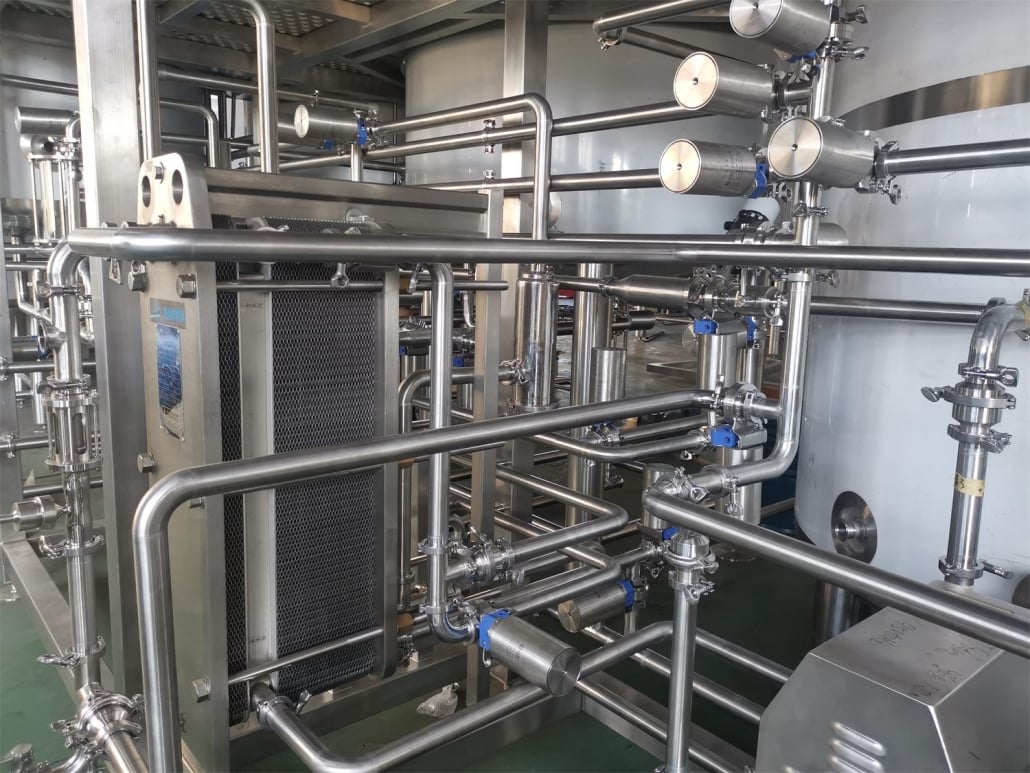
FAQ
| Question | Answer |
|---|---|
| What size brewing system should I start with? | It depends on your goals. A nano or microbrewery system is perfect for small batch production or testing the market. Larger craft systems are better for widespread distribution. |
| Can I expand my brewing system later? | Yes, modular systems allow you to add fermentation tanks or upgrade equipment as your brewery grows. |
| How long does brewing a batch take? | Typically, it takes 4-8 hours for brewing and 1-4 weeks for fermentation and conditioning depending on the beer style. |
| Is professional brewing equipment hard to maintain? | Not if it has a Clean-in-Place (CIP) system. CIP makes cleaning faster and more efficient. Routine maintenance is still essential. |
| What certifications should equipment have? | Look for food-grade certifications, pressure vessel ratings, and compliance with local health and safety standards. |
| Can I finance beer brewing equipment? | Yes, many manufacturers and third-party lenders offer financing options to help manage upfront costs. |

